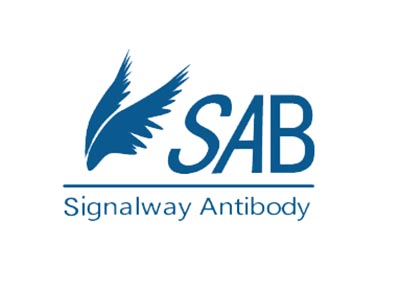Product Detail
Product NameRecombinant Human Cyclic AMP-dependent transcription factor ATF-2(ATF2)
Host SpeciesE.coli
PurificationGreater than 90% as determined by SDS-PAGE.
Immunogen DescExpression Region:1-505aa
Sequence Info:Full Length
Other NamesActivating transcription factor 2;Cyclic AMP-responsive element-binding protein 2 ;CREB-2 ;cAMP response element-binding protein CRE-BP1
Accession NoP15336
Uniprot
P15336
Gene ID
1386;
Calculated MW70.5 kDa
FormulationTris-based buffer50% glycerol
StorageThe shelf life is related to many factors, storage state, buffer ingredients, storage temperature and the stability of the protein itself.
Generally, the shelf life of liquid form is 6 months at -20˚C,-80˚C. The shelf life of lyophilized form is 12 months at -20˚C,-80˚C.
Notes:Repeated freezing and thawing is not recommended. Store working aliquots at 4˚C for up to one week.
Tag InfoN-terminal 6xHis-SUMO-tagged
Application Details
Transcriptional activator which regulates the transcription of various genes, including those involved in anti-apoptosis, cell growth, and DNA damage response. Dependent on its binding partner, binds to CRE (cAMP response elent) consensus sequences (5'-TGACGTCA-3') or to AP-1 (activator protein 1) consensus sequences (5'-TGACTCA-3'). In the nucleus, contributes to global transcription and the DNA damage response, in addition to specific transcriptional activities that are related to cell development, proliferation and death. In the cytoplasm, interacts with and perturbs HK1- and VDAC1-containing complexes at the mitochondrial outer mbrane, thereby impairing mitochondrial mbrane potential, inducing mitochondrial leakage and promoting cell death. The phosphorylated form (mediated by ATM) plays a role in the DNA damage response and is involved in the ionizing radiation (IR)-induced S phase checkpoint control and in the recruitment of the MRN complex into the IR-induced foci (IRIF). Exhibits histone acetyltransferase (HAT) activity which specifically acetylates histones H2B and H4 in vitro. In concert with CUL3 and RBX1, promotes the degradation of KAT5 thereby attenuating its ability to acetylate and activate ATM. Can elicit oncogenic or tumor suppressor activities depending on the tissue or cell type.
If you have published an article using product AP70061, please notify us so that we can cite your literature.



 15-25 business day
15-25 business day



